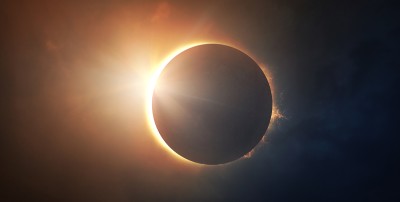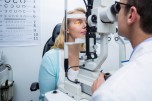
On Monday, April 8, a solar eclipse will be visible (weather permitting) across the U.S. Anyone within a 115-mile-wide path cutting from Texas through Maine will experience a total eclipse. A partial eclipse will be visible in the Allentown area beginning at 2:08 p.m. It will peak at 3:23 p.m. and conclude at 4:35 p.m.
If you plan to observe the solar eclipse at any time during those 2 hours and 27 minutes, Lehigh Valley Health Network encourages you to review these important safety tips.

